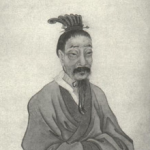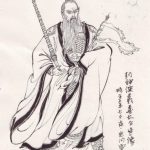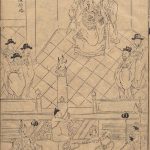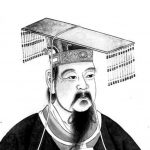King You of Zhou
King You of Zhou (795 BC-771 BC), surnamed Ji Gong Nei (Palace Palace in the Records of the Grand Historian), was the son of King Xuan of Zhou and the twelfth king of the Western Zhou Dynasty, who reigned for 11 years from 782 BC to 771 BC. In 782 B.C., King Xuan of Zhou …









